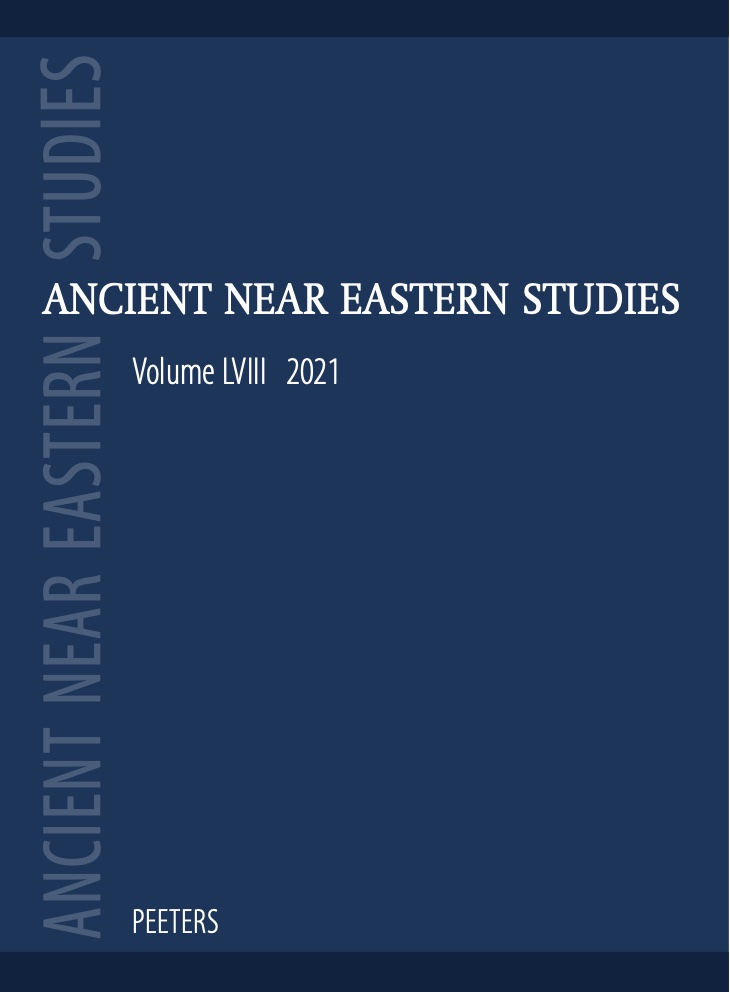 previous article in this issue previous article in this issue | next article in this issue  |

|
Document Details : Title: Zur Eisenzeitlichen wohnarchitektur Ostgeorgiens Author(s): KNAUß, Florian S. Journal: Ancient Near Eastern Studies Volume: 42 Date: 2005 Pages: 187-210 DOI: 10.2143/ANES.42.0.2004450 Abstract : Iron-Age residential architecture in Eastern Georgia Recent archaeological research provided new evidence of strong Achaemenid infl uence upon the material culture of this region, especially in the fi eld of (monumental) architecture. The investigation of residential buildings of the ordinary people in Eastern Georgia (Kakheti and Kartli) comes up with a different picture: Iron-Age sites (8th–3rd centuries BC) provided merely modest private houses with pisé (Kakheti) or rubble walls (Kartli). Often they consisted of just a single multi-functional room. While the manner of building was quite simple, a modest decoration of the living rooms could be observed in quite a few cases, however. So far, we may conclude that the local architecture not only lacks the monumental size of the well known »Achaemenid« buildings in Eastern Georgia but also a number of constructional details, even in Post-Achaemenid times. The impact of Persian rule mainly concerned the local aristocracies. |
|
